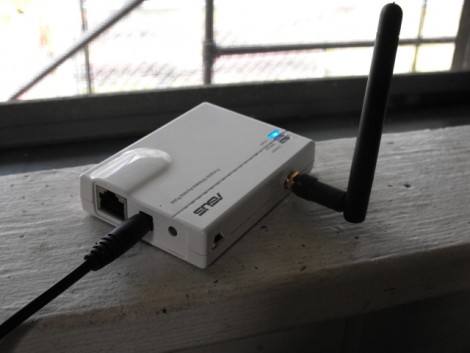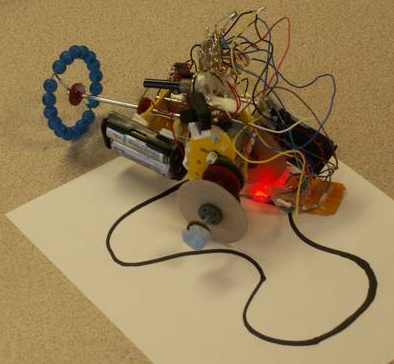
All we needed to read was 4x 3900uF capacitor bank to know we had yet another decently sized homemade coilgun on our hands. And for the math buffs, that equates out to 1.25kJ of potential energy (efficiency kills it down to 37j of kinetic, but large numbers are more fun) which is more than enough to break skin; of course we recommend you just shoot old electronics rather than friends. On the more technical side, sure its only a single stage for now and we’ve seen some slightly more impressive triple stage guns, but it may just be more beautiful than our previously featured coil pistol. You guys be the judge. Catch a complete video after the jump of the internals and build process, skip ahead to 2:40 for the destruction.
[via TheDailyWh.at]
Continue reading “You’ll Shoot Your Eye Out, Another Coilgun”















